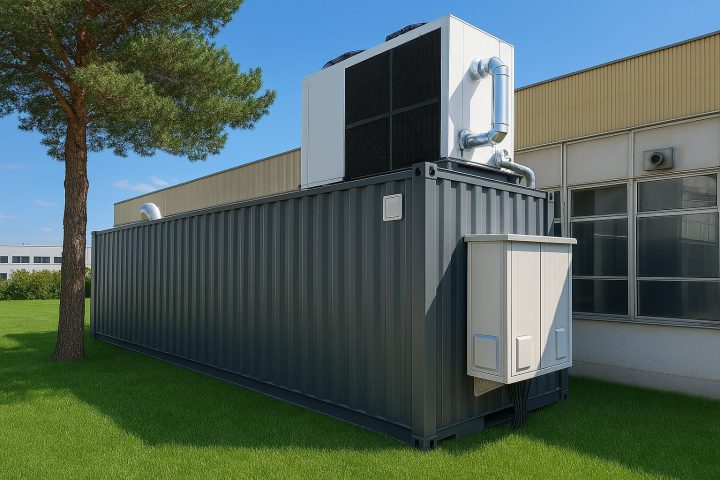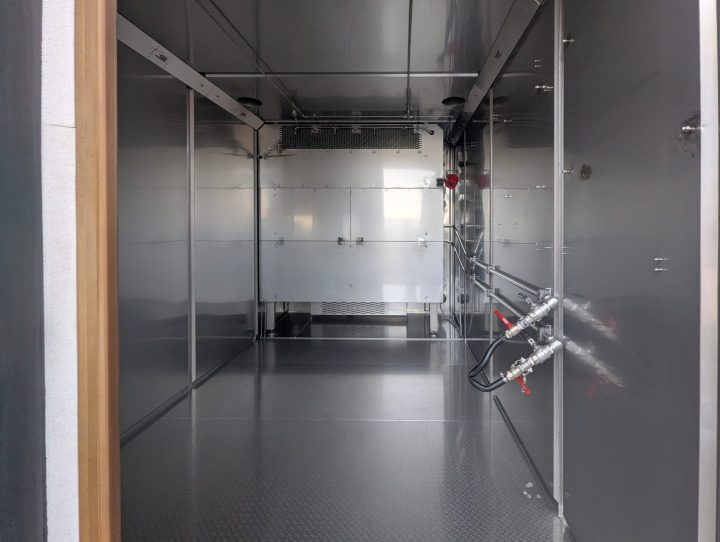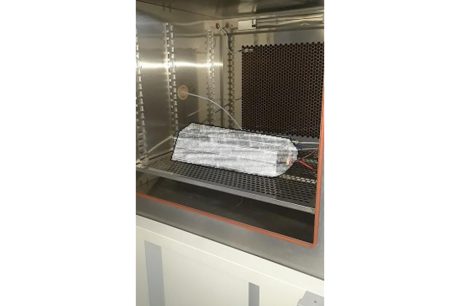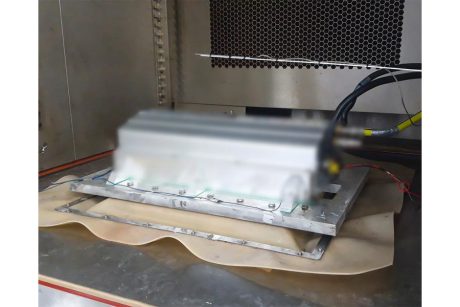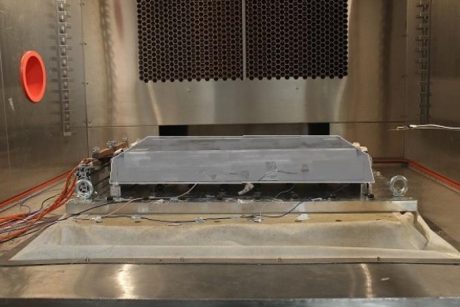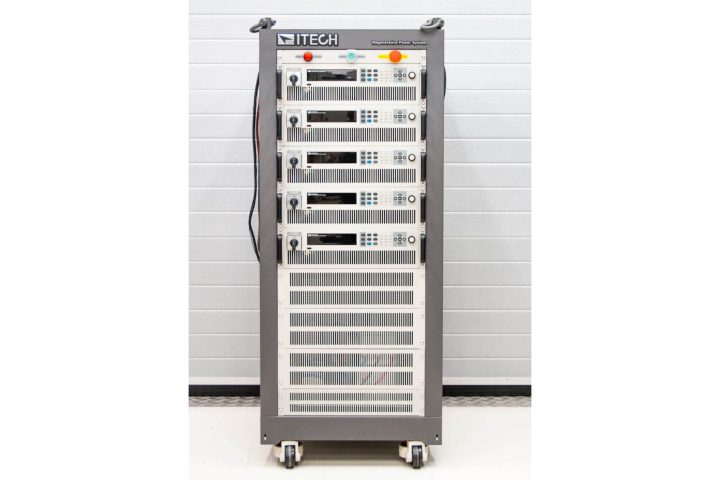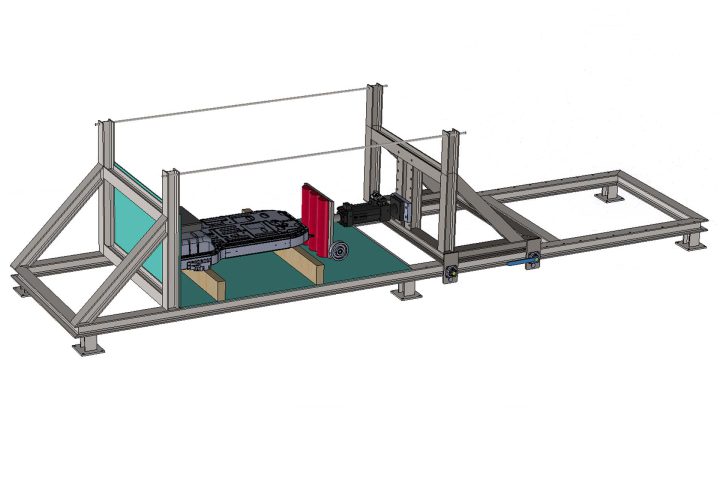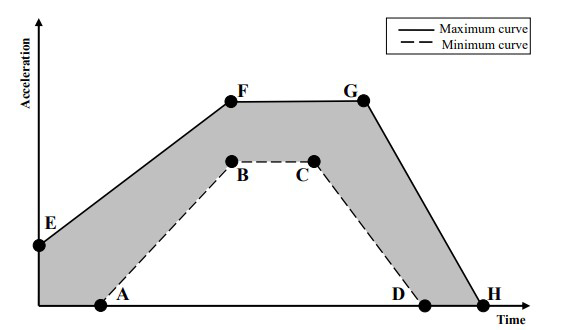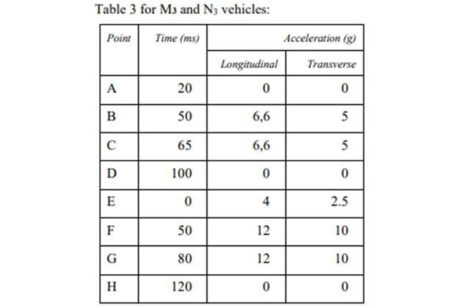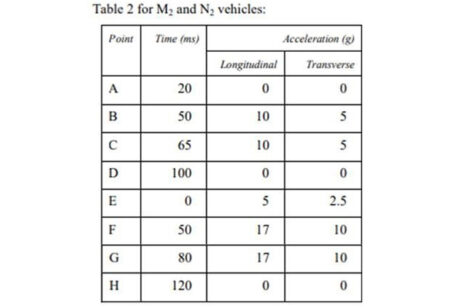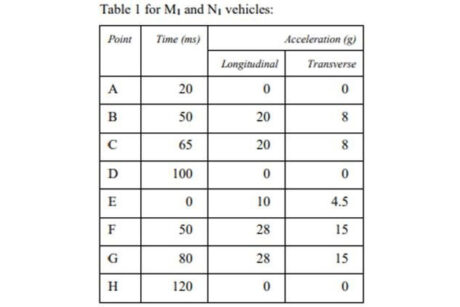The traction battery is currently one of the most expensive – if not the most expensive – components of an electric vehicle. It is also a component which can cause a lot of problems for designers and users of these vehicles.
The batteries used to power electric vehicles, as well as the materials they are produced from, must meet the demands of a number of standards, as well as other requirements.
Expectations for battery performance:
- high performance and reliability
- long battery lifetime (long-term failure-free operation without any noticeable changes in terms of deteriorating performance characteristics),
- high efficiency and power (the highest possible energy density and power output, which enable driving the longest possible distance following the shortest possible charging time),,
- operational safety,
- low environmental impact,
- wide range of operating temperatures (from -30 to 65ºC),
- easy monitoring of operating parameters,
- maintenance-free operation,
- low price (low production and operating costs),
Unfortunately, those are features which are very often difficult to reconcile with one another.
Functioning of an electric vehicle is greatly influenced by ambient temperature. For this reason, the system for cooling (and possibly heating) batteries is of great importance. The system can be either active – using liquid or air – or passive, transmitting heat through the battery housing. By lowering the cell temperature, the charging speed can be kept at a high level for longer. Heating (when necessary) protects the cells from freezing and the resulting temporary drop in capacity.
With its extensive research facilities and specialized staff, BOSMAL performs a number of tests on electric vehicles, including tests of their batteries and cooling systems (more specifically: TMS – thermal management systems).



